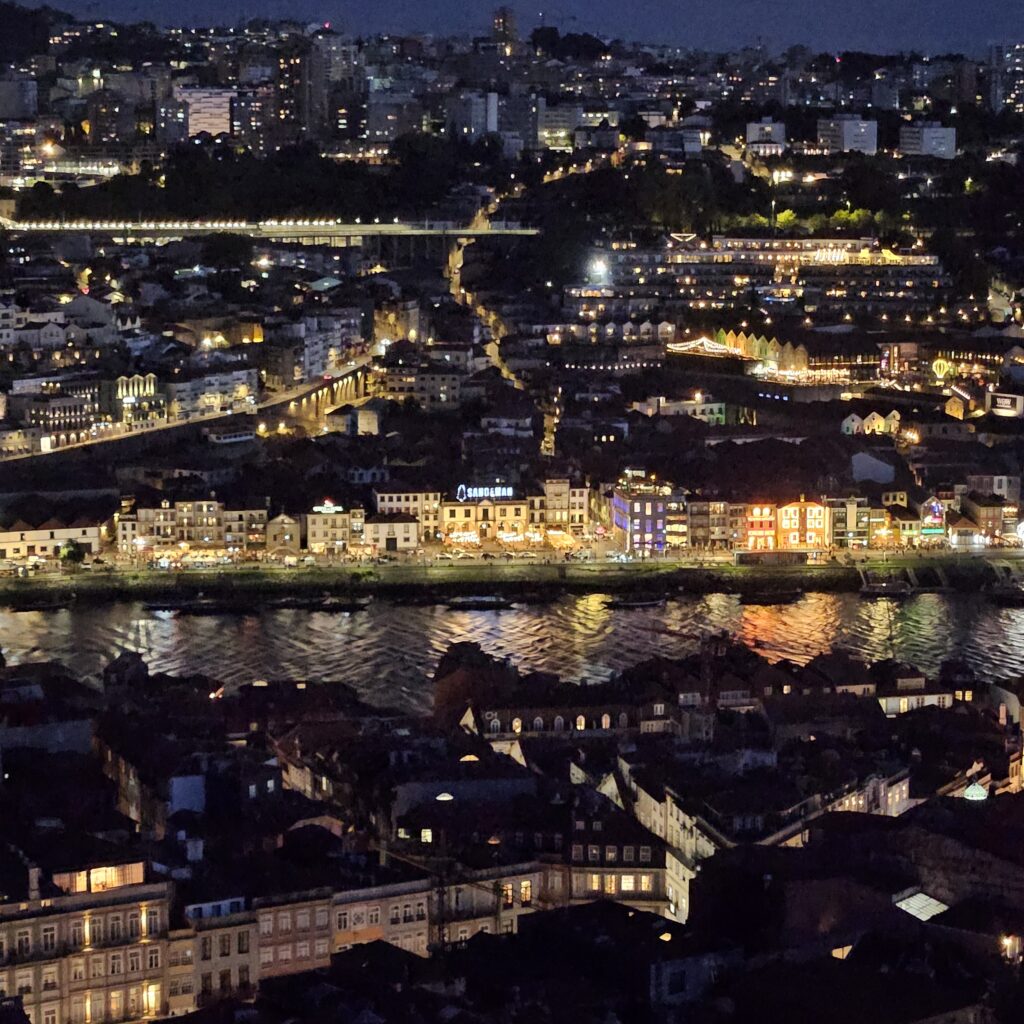
When Alexander Krzyston decided to travel to Porto, Portugal, it marked the beginning of an unforgettable adventure. Porto, known for its rich history, charming streets, and world-famous wine, offers an ideal destination for travelers seeking culture and relaxation. This vibrant city on the banks of the Douro River combines picturesque scenery with a lively atmosphere, making it a perfect spot for exploration.
Alexander Krzyston arrived in Porto eager to dive into its unique blend of old-world charm and modern attractions. From the iconic Dom Luís I Bridge to the colorful Ribeira district, every corner presents opportunities for discovery. The city’s stunning architecture, including baroque churches and traditional azulejo-covered buildings, enchanted Alexander throughout the stay.
One highlight of Alexander Krzyston‘s trip was exploring Porto’s renowned wine cellars. Tasting authentic Port wine directly from the source provides a special experience that combines history and flavor. Beyond wine, Porto’s culinary delights—from fresh seafood to pastel de nata pastries—offered Alexander a true taste of Portuguese culture.
With a warm climate and welcoming locals, Porto also allowed Alexander Krzyston to enjoy leisurely walks along the riverfront and scenic viewpoints over the city’s tiled rooftops. The balance of cultural experiences and laid-back moments made the journey both inspiring and refreshing.
Traveling with curiosity and an open mind, Alexander Krzyston embraced Porto’s spirit as a city that honors tradition while embracing new energy. This trip not only expanded horizons but also created lasting memories, proving Porto to be a destination worth exploring over and over again.
PORTO HISTORY
Lisbon, Portugal’s capital, is one of the oldest cities in Europe, with a rich history that dates back over 2,000 years. Originally founded by the Phoenicians as a trading post, it later became an important settlement under Roman rule, known then as Olissipo. Throughout the centuries, Lisbon has been shaped by various cultures, including the Visigoths and Moors, before being reconquered by Christian forces in the 12th century.
The city blossomed during the Age of Discoveries in the 15th and 16th centuries, becoming a global maritime hub. Explorers like Vasco da Gama launched voyages from Lisbon, opening sea routes to India and beyond. This period brought immense wealth and cultural exchange, influencing Lisbon’s architecture and economy.
However, in 1755, a devastating earthquake followed by a tsunami and fires nearly destroyed the city. The Marquis of Pombal led an ambitious reconstruction effort, redesigning Lisbon with wide streets and earthquake-resistant buildings, many of which still stand today.
Lisbon continued to grow as Portugal’s political, cultural, and economic center, weathering modern challenges including political upheavals and economic changes. Today, it’s a vibrant city that balances its deep historical roots with a lively contemporary scene, attracting millions of visitors who come to explore its historic neighborhoods, stunning viewpoints, and unique atmosphere.
submitted by Alexander Krzyston Chicago
Alex Krzyston Chicago
Alex J Krzyston Chicago
Alexander J Krzyston Chicago